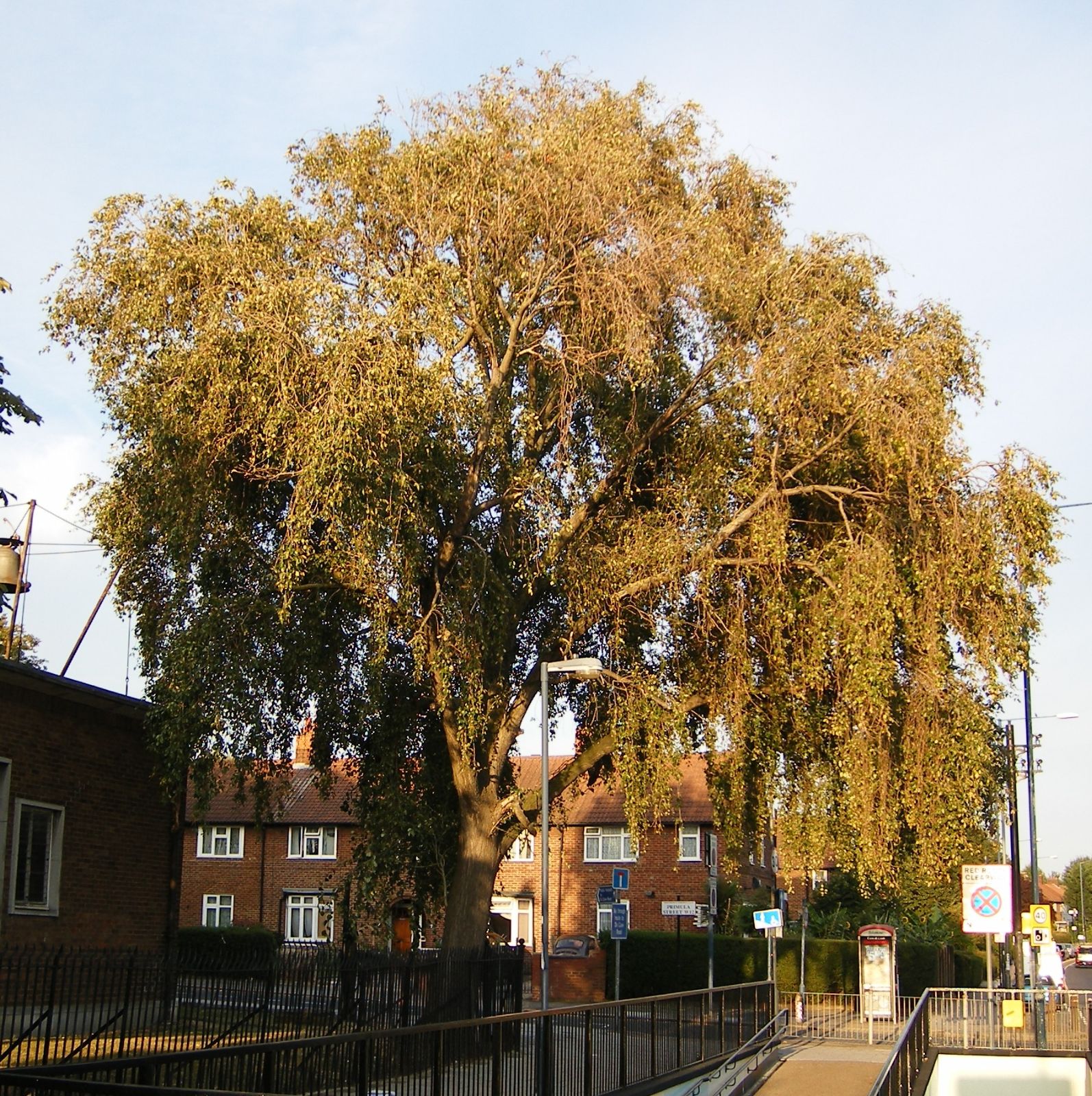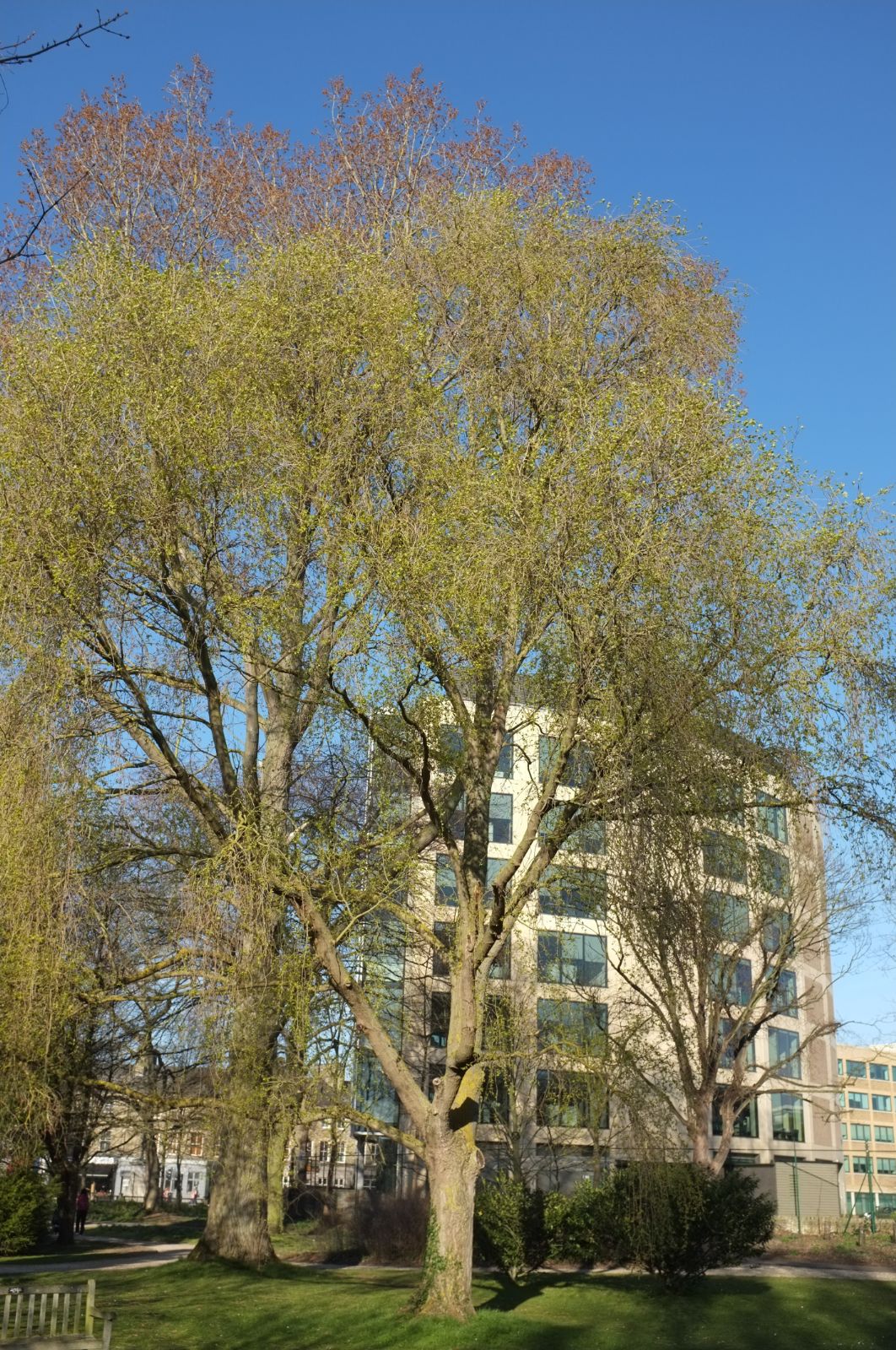Populus simonii
Credits
Article from Bean's Trees and Shrubs Hardy in the British Isles
Recommended citation
'Populus simonii' from the website Trees and Shrubs Online (treesandshrubsonline.
Genus
Infraspecifics
Other taxa in genus
- Populus acuminata
- Populus adenopoda
- Populus alba
- Populus angulata
- Populus angustifolia
- Populus balsamifera
- Populus × berolinensis
- Populus × canadensis
- Populus candicans
- Populus canescens
- Populus ciliata
- Populus deltoides
- Populus fremontii
- Populus × generosa
- Populus glauca
- Populus grandidentata
- Populus heterophylla
- Populus koreana
- Populus lasiocarpa
- Populus laurifolia
- Populus maximowiczii
- Populus nigra
- Populus purdomii
- Populus sargentii
- Populus szechuanica
- Populus tremula
- Populus tremuloides
- Populus trichocarpa
- Populus tristis
- Populus wilsonii
- Populus yunnanensis
A medium-sized tree with slender branches and elegant habit, bursting into leaf early; young shoots glabrous, prominently angled. Leaves diamond-shaped or obovate, tapering about equally to both ends, sometimes more abruptly towards the apex; minutely and regularly blunt-toothed, 2 to 5 in. long, 11⁄4 to 31⁄2 in. wide, dark green above, very pale beneath, glabrous on both sides; stalks 1⁄2 to 1 in. long (shorter on the leaves of long shoots). Male catkins 3⁄4 to 11⁄4 in. long; stamens eight.
Native of north and west-central China; discovered by Eugène Simon in 1862 N.E. of Peking and introduced by him at the same time by means of plants sent to the Paris Museum and to the Simon-Louis nursery at Plantières near Metz. It is one of the balsam group breaking into leaf early, and fragrant then. Its distinguishing characters are its angular young shoots devoid of down, and the variable but often very short leaf-stalk. The original tree at Plantières had a trunk white almost as a birch.
P. simonii is represented at Kew by a tree planted in 1899, measuring 48 × 23⁄4 ft (1967). It is, however, a very rare tree in this country, probably because of its susceptibility to bacterial canker.
'Fastigiata'
A tree of narrow habit, with ascending branches. Introduced by F. N. Meyer from N. China in 1913. A fastigiate clone cultivated in Britain came from France under the name P. simonii obtusata. This may possibly represent a different clone from the one sent by Meyer.


